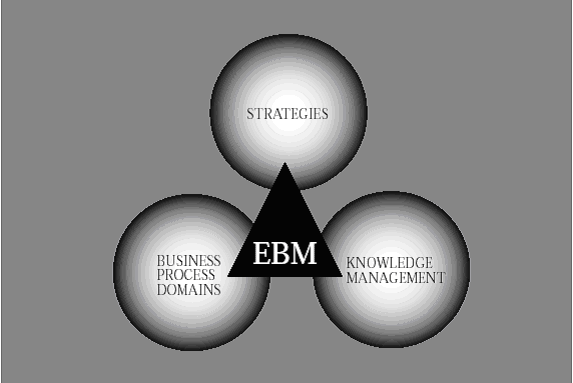|
|
Defining the eBusiness Model.
| The emerging e-business market affords companies of all sizes and types the opportunity to leverage their existing assets,
employees, technology infrastructure and information to gain or maintain market share. For example, in the telecommunications
industry, service, rather than technology, is now the key differentiator. With lower barriers to entry, new competitors are
rapidly entering the market offering new services such as online bill presentment and payment, and leveraging their unique
digital assets.
Information technology research analysts agree that e-business is any net-enabled business activity that
transforms internal and external relationships to create value and exploit market opportunities driven by new rules of the
connected economy. However, todayís e-business requires more. Analystís further point out that e-business involves the
continuous optimization of an organizationís value proposition and value-chain position through the adoption of digital
technology. The challenge for an organization is to turn the vision and the market opportunity into a viable business.
Developing the marketing strategy and plans, designing and deploying the business solution is key. Those who successfully
architect, develop and deploy e-business solutions will need to formulate and adopt a comprehensive business plan. Because
of the critical role of Internet technologies and the integration requirements, Tanning recommends a comprehensive planning
framework, an e-business model (EBMTM). This structured planning approach enables the organization to assess, plan for and
implement the multiple aspects of an e-business.
|
| |
| Building an e-business, an integrated value chain that leverages the Internetís
communications capabilities is a complex undertaking. The complex integration requirements of the business solutions
all-performing at extremely high levels of availability and scalability require this EBMTM architect approach. The value
chain, comprised of the traditional supply chain management functions, planning, procurement and inventory management,
coupled with the customer facing functions, typically referred to as customer relationship management, all have integration
and performance demands that exceed the requirements seen in traditional businesses. In a successful e-business, all of
these areas are tightly integrated to provide an organization the ability to quickly and efficiently sell, manufacture and
deliver products or services.
|
| |
| Further, in a successful e-business, this value chain rests on a foundation
that leverages the organizationís existing core operational business systems, as well as meets the new business-critical
operational requirements for reliability, scalability, flexibility and 24x7x365 availability in a highly volatile, electronic
marketplace. An EBMTM includes three essential elements: solid strategies, knowledge management techniques applied to a
companyís information and intellectual assets and effective e-business processes typically grouped in the customer
relationship management (CRM), supply chain management (SCM) and core business operations domains.
|

Ebusiness Strategy Read more
|
| |
|
Back |
|
|
|



